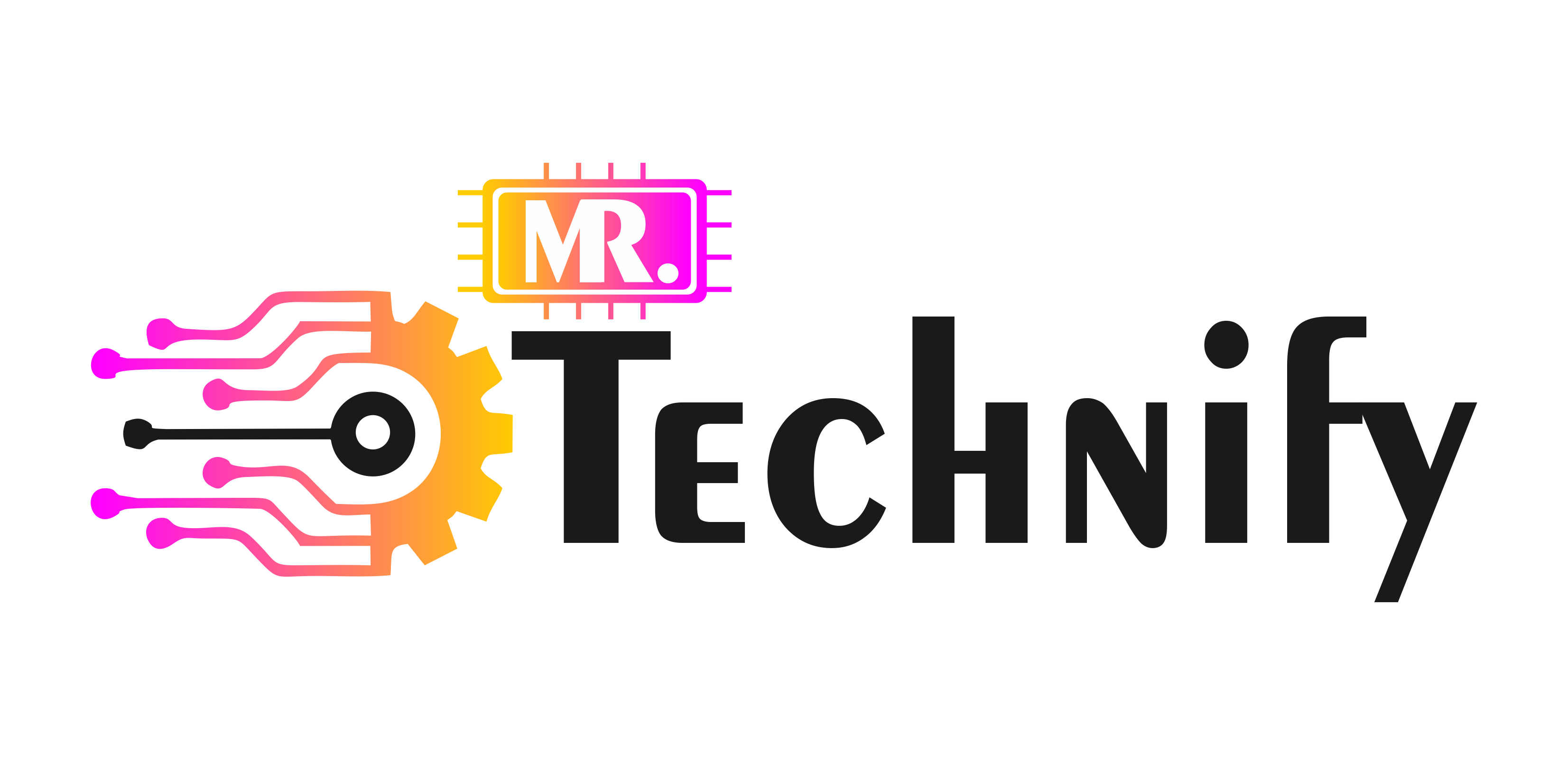Introduction
Have you ever thought about how the intricate processes in the IT realm get streamlined? That’s where IT Process Automation (ITPA) comes into play. Let’s dive deep into this revolutionary tech concept.
-
What is IT Process Automation?
ITPA is the use of software to create repeatable instructions and processes to replace or reduce human interaction with IT systems. Think of it as setting up a domino effect; once the first piece is nudged, the rest follow predictably.
-
Why is it Crucial?
In the digital age, businesses need swift and error-free operations. Human intervention, though essential, can sometimes lead to inconsistencies. Automation ensures processes run smoothly and consistently.
Benefits of IT Process Automation
-
Enhanced Efficiency
Time is gold, especially in IT. Automation accelerates tasks, ensuring faster delivery and better utilization of resources. Imagine finishing a week’s worth of tasks in just a day!
-
Reduced Errors
Humans are fallible. Automation significantly lowers the chance of mistakes, ensuring processes are executed perfectly each time.
-
Cost Savings
While the initial investment might seem hefty, in the long run, automation can lead to substantial financial savings by reducing the need for manual interventions and rectifications.
-
Improved Employee Satisfaction
Rather than mundane repetitive tasks, employees can focus on more creative and strategic tasks, leading to increased job satisfaction.
Implementing IT Process Automation
-
Steps to Automate IT Processes
- Identify the processes ripe for automation.
- Select the appropriate tools and software.
- Develop or configure the automation workflow.
- Test the automated process.
- Monitor and optimize as necessary.
-
Common Challenges
While automation is transformative, it’s not without challenges. Integration issues, resistance to change, and initial costs can be potential roadblocks. No revolution was ever easy.
Real-World Examples of Automation
-
Case Study 1: E-Commerce
Automation in e-commerce has revolutionized the customer experience. From personalized product recommendations to instant order processing, it’s all about making the customer king.
-
Case Study 2: Finance Sector
Automation in finance is about more than just number crunching. It’s about risk assessment, fraud detection, and even customer service.
-
AI and Automation in Banking
Many banks now employ AI-driven chatbots for customer queries, ensuring 24/7 service without human intervention. Cool, isn’t it?
The Future of IT Process Automation
The horizon looks promising with the amalgamation of AI, IoT, and automation. We’re looking at smarter processes, intelligent analysis, and an IT world where machines learn and evolve.
Conclusion
IT Process Automation isn’t just a trend; it’s the future. As businesses realize their potential, we’ll see more innovations, leading to a more efficient and dynamic IT landscape. So, are you ready to hop on the automation train?
FAQs for IT Process Automation
Can small businesses benefit from automation?
Absolutely! Automation can be scaled based on the needs and resources of any business, big or small.
Are there any risks associated with automation?
Like all tech implementations, there can be challenges, but with proper planning and testing, these can be mitigated.
How does automation impact the job market?
While it might reduce the need for repetitive tasks, it opens doors for more specialized roles and skill sets.
Is the cost of implementing automation high?
Rate our Article (IT Process Automation | The Future is Now )How much do you like our Article?




